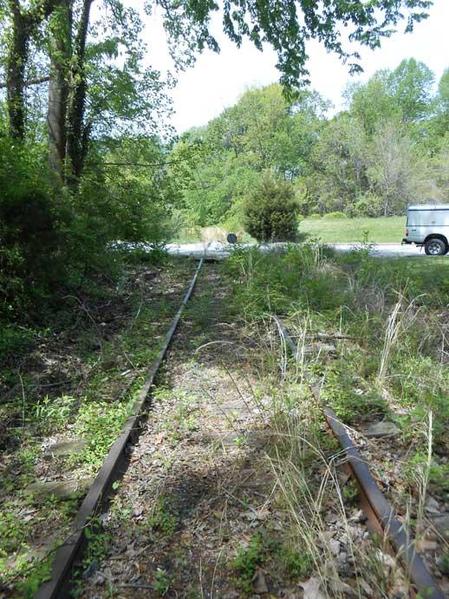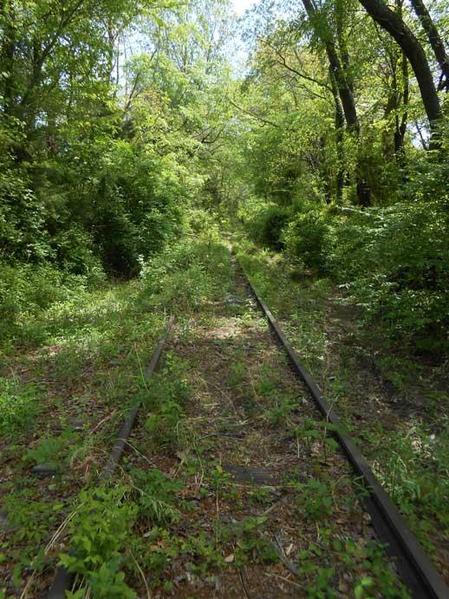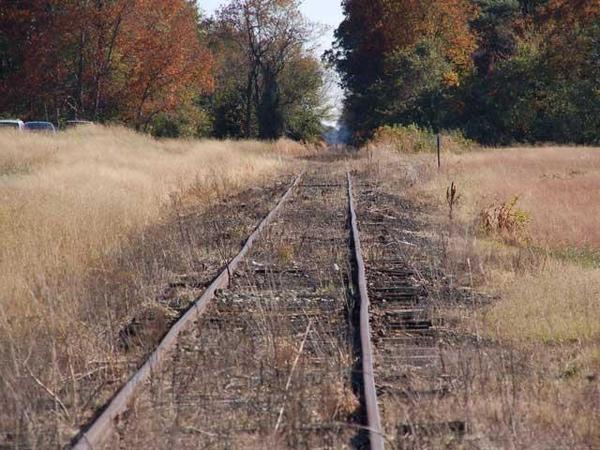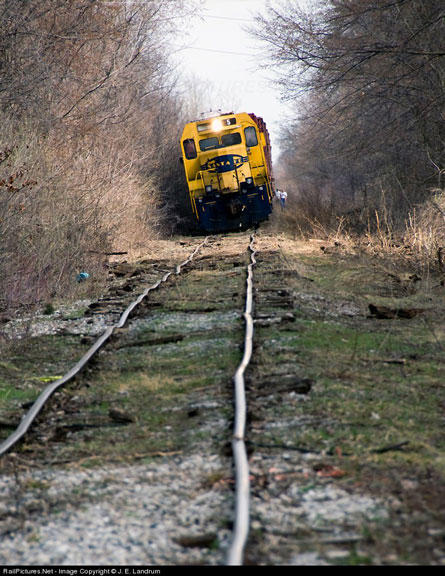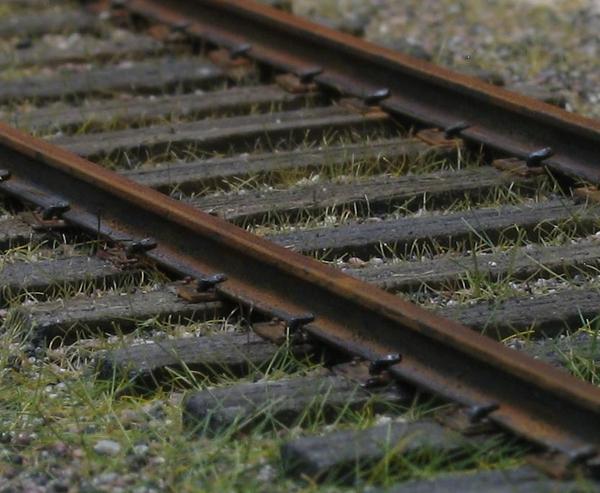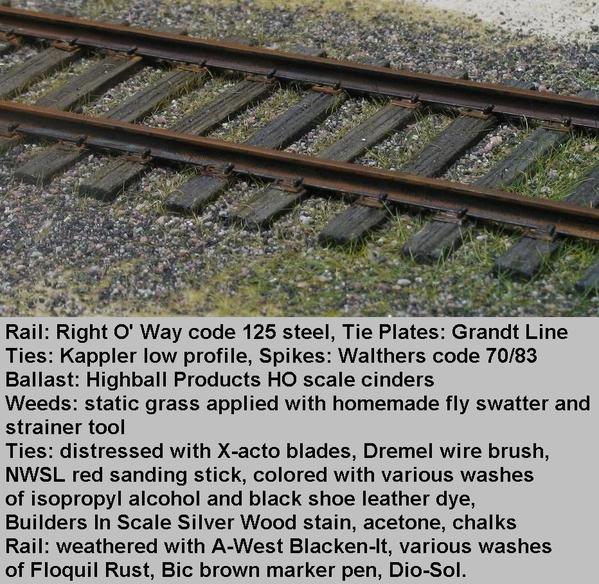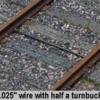This didn't seem to fit into Track Plans and Design, nor Scenery and Structures Forums so I'll ask here...who models old, abused, poorly maintained decrepit track? If you do, do you have any techniques you can share?
Replies sorted oldest to newest
I don't (read haven't figured out how yet) model decrepit track, but some of my track work in the past has been pretty bad. ![]()
I don't personally model it, but there is an article written on this in Model Railroader. I remember it talking about using shims underneath the track to give it that uneven look, and to give at least a car lengths distance between each shim so the rolling stock can even itself out.
Bill
Here is a video I watched a few years back. Hope it helps you.
Cesar
Why would you want to Model it anyway!!!
Fredstrains
Not really that bad of track but my electric short line won't have much ballast but have lots of weeds. Don
It seems that rust and weeds are givens. After watching the "World's Worst Maintained Railroad" on YouTube, it seems that eroded roadbed and loose\uneven rails should be added to the list.
The catch with truly decrepit track is that your locomotives and cars really need to heavier and have equalized trucks to be able to keep the wheels on the rail tops as they roll over the dips and rises on the track. Weaver cars with the plastic trucks are great for this, but most of our locomotives use rigid frames and/or truck blocks and would take issue with rough track.
I use a plywood base with homosote. If I were to display down-graded track, I would cut the homosote down to the plywood to insert the track (Let's say Fast track). I would then use joint compound to "blend" the track to the rest of the layout surface (the homosote) and scenic it as appropriate.
http://www.youtube.com/watch?v=_6V0Sh5fZGE
http://www.youtube.com/watch?v=9eqr2YDpUeQ
http://www.youtube.com/watch?v=vs0S9XV_ZyM
Thanks for the ideas guys. Always seems I lean toward things differently than everyone else; most layouts are nice clean track but stuff like this I find very exciting...and different.
Interesting concept.
I'd go with MTH Scaletrax flex, it is the most flexible and would be easier to bend as needed for the wobbles and bumps.
Embedding it would be easier too, it has a much lower profile.
Model Railroader, years ago, addressed "squiggle track", and ever after I have frequentlynoticed it on the prototype, as in the posted prototype photos. However, I think MR was talking about about laying your own rail. I hope it is the camera angle and that big Sandy Fay loco didn't have that much lean to it, or, with the guys standing behind it, is it already on the ground? If I was modeling abandoned track, that I was not going to run trains on, I would choose two rail, and with grass, and weeds, I am guessing train running is not intended.
I needed a setting for my hobo shack & a corner needed filling.So I used some old Gargraves track & went to town on it! ![]()


In order to model poorly maintained track, I would hand lay my ties and rails.
it seems that our sectional track or flex would be too difficult to fashion into poorly maintained track. The bad track would have to be "good" bad track.
I needed a setting for my hobo shack & a corner needed filling . . .
Wow! that looks really good! Nice work.
On my layout, I'm making the best of a bad situation by leaving about four feet of the Fastrack that Simple Green ate up in place as "abandoned track." I don't have to weather and rust it as you have you track: Simple Green continued to eat at it until it has a fine, brown patina of rust and corrosion that looks very real - because it is. I will follow your lead of putting plants and such along it, bits of odd junk and trash, etc., to complete the look.
Nice scene there.
Thanks Lee for the kind words.
I have been thinking to run locos on dirty looking track what is stopping us using that sticky- back copper foil that is used as slug repellent on pot plants & dolls house lighting?
James
In order to model poorly maintained track, I would hand lay my ties and rails.
Hand laying can certainly help us to do thinks that are outside the box and achieve a special look. But you don't even have to go that far to make three rail track look lighter than a well maintained main line.
If a layout uses Atlas track for the main lines you could use MTH Scaletrax to represent lighter rail and wider tie spacing on sidings, industrial spurs and yards.
For a special situation my brother Dave used Scaletrax, hand laid code 148 and code 100 flex track together.
MTH Scaletrax is used for the main line on the left. It transitions to code 148 O/On30 dual gauge on the siding and then to code 100 On30 flex track on the lower right.





